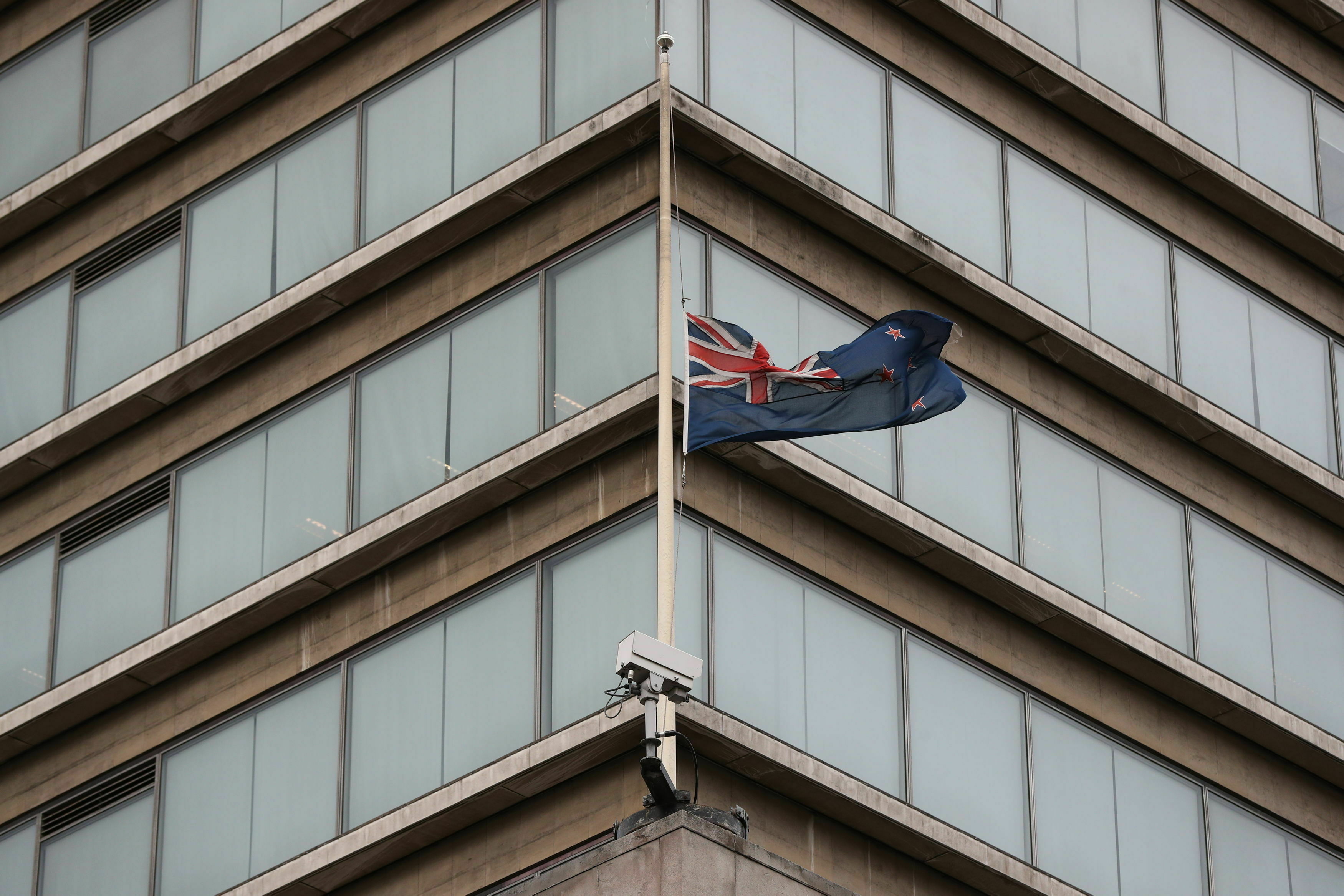At least 49 people were killed at two mosques in Christchurch, New Zealand, on Friday in a horrific and methodical afternoon slaughter, part of which was broadcast live on the Internet after the publication of a white supremacist manifesto online.
The massacre, which Prime Minister Jacinda Ardern condemned as a terrorist attack, interrupted a day of prayer for a small immigrant community in the nation’s third-largest city and shook a country with little history of mass shooting.
Nine Indians are understood to be missing after the attacks.
Three Bangladeshis were among the dead. The visiting Bangladesh cricket team was arriving for prayers at one of the mosques when the shooting started but all its members were safe. The attacks forced the cancellation of a Test match against hosts New Zealand.
Prime Minister Ardern said that many of the victims were most likely migrants to New Zealand or refugees.
“Christchurch was the home of these victims,” she said. “For many, this may not have been the place they were born. For many, New Zealand was their choice, the place that they chose to come to and committed themselves to, the place they chose to raise their families.” Harrowing first-person footage, apparently from a camera worn by a gunman as he attacked the Al Noor Mosque in the centre of the city, was streamed on Facebook, a grim development in terrorism that raised questions about the ability of global tech companies to block violent content from spreading around the world.
Facebook said it quickly shut down the account, but a 17-minute video showing a man dressed in black shooting at fleeing worshippers and into piles of bodies with a semiautomatic rifle circulated widely online. In addition to those killed, at least 20 were injured, the authorities said.
The police said a man in his late 20s was arrested and charged with murder but declined to identify him.
New Zealand’s police commissioner, Mike Bush, said three other individuals found near the scene with weapons were also taken into custody, though investigators later said that one probably had nothing to do with the attacks.
The shootings were first reported at 1.40pm, around the time of the midday Friday prayer, when the Al Noor Mosque and the Linwood Mosque, less than 5km east, would be most busy. Minutes earlier, Bush said, the manifesto had appeared online.
The document named both mosques, and links to it were posted on an online forum known for hosting message boards with extremist Right-wing discussions. The author of the manifesto identifies himself as a 28-year-old man born in Australia. He listed his white nationalist heroes, described his animosity towards Muslims and immigrants, and said he chose to use guns in the attacks to stir discord in the US around the Second Amendment.
Muslims have lived in New Zealand for more than 150 years. Their population grew with immigration from war-torn countries like Iraq and Afghanistan in the 1990s and 2000s. In a country of nearly five million people, only about 46,000 identified as Muslim in the 2013 census.
There hasn’t been a mass shooting in New Zealand since 1990 when a man killed 13 people after a dispute with his neighbour in a seaside town. That shooting led to tightened gun laws, including restrictions on “military-style semiautomatic weapons”.
Murders are rare in New Zealand, and gun homicides even rarer. But there are plenty of guns. There were 1.2 million registered firearms in a country of 4.6 million people in 2017.
New York Times News Service










